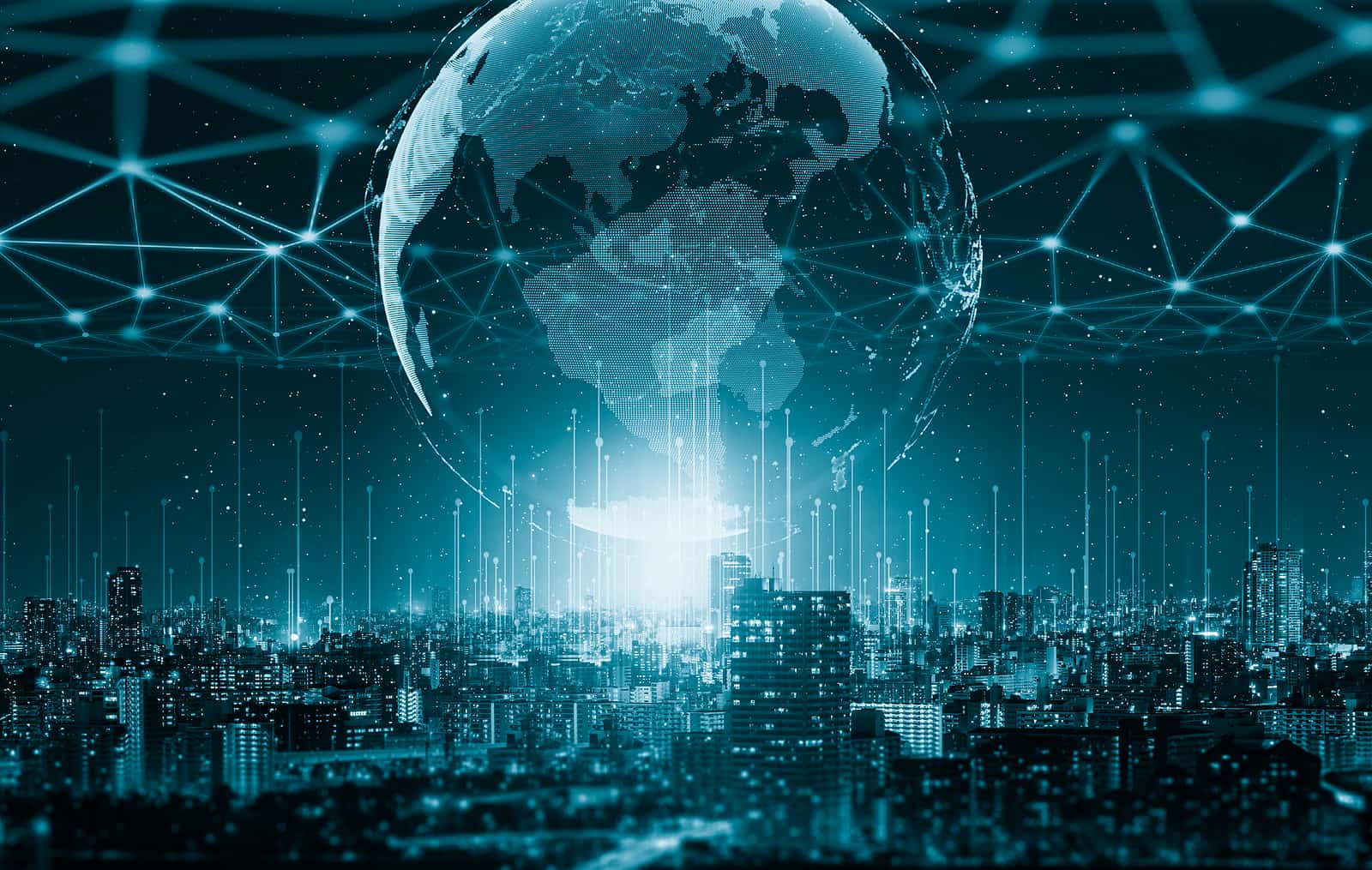A Two-Part Approach to Track & Trace in Urban and Suburban Settings
Actian Corporation
September 25, 2020

As businesses work to reopen and students return, in person, to schools nationwide, track and trace is a critical component to mitigate potential resurgences in COVID-19 cases. The more densely populated a city, the harder track and trace will be. However, getting urban and suburban areas moving again is critical to jumpstarting the US economy.
Track and trace is a tall order for several reasons, including public resistance – from wearing masks to social distancing – to allowing third-party surveillance of location and identity through mobile devices. Furthermore, the question of how to prioritize where track and trace should be concentrated and how and when to leverage automation versus human investigators must be answered.
A combination of IoT, community-oriented, psychology-based messaging, and big data analytics could be the key to successfully reopening the economy.
With a Little Help From My Friends
No matter how many tracers are pressed into service, the task will be insurmountable without a behavior change, driven by a change in mindset. There are current and past programs that provide lessons, guidance and proof that behavior can be changed. For example, anti-smoking campaigns were very segmented, with different messaging for underage smokers versus adults. In both cases, the point was to use social expectations as a means of changing behavior. In the case of anti-drunk driving, ad campaigns were focused on peer pressure and provided a positive behavior recommendation – a designated driver – alongside the consequences of driving drunk.
These programs have been successful, but it has taken years – and in some cases, decades – for society to adapt to new norms and expectations. The key is to leverage as many different channels as possible, using as many unique messages and mechanisms as possible, combined with big data analytics to determine what is and isn’t working.
Mayors, city councils, county commissions and other government institutions will need to look to local organizations, such as travel and tourism, public health information, licensing and inspection, 311 and city services portals to help spread messaging on social distancing and mask-wearing. They’ll also need to leverage existing and new communication channels, such as anonymous tip lines through designated Snapchat and Instagram profiles, online chatbots, and toll-free phone calls, to ensure the public’s cooperation, as well as their willingness to opt-in to automated programs for track and trace.
This is exactly where big data analytics can step in, if the proper data science and underlying data warehouse can be put into place quickly. In most cases, the need to rapidly ingest the proper data across multiple city services and their web click streams, transactions, conversations, and other communications that will need analysis is best stood up on a cloud platform.
IoT: The Front-End Piece to the Puzzle
For those individuals that opt-in to having their mobile devices tracked, local governments will need to work with wireless service providers to support tracking location and (masked) identities as they move from one cell tower to the next, while also using cell towers to triangulate position. Many wireless service providers already have network analytics around per-call measurement data that can be repurposed for this, but cell tower information is only part of the equation.
Identifying locations, location conditions and who is at said location based on their cell phone is the other, larger part of the equation. However, cities have some IoT infrastructure in place that can be leveraged in support of track and trace programs. For instance, existing video surveillance cameras can be leveraged to evaluate social distancing and mask wearing through facial and movement detection algorithms. This data can also be used in conjunction with network analytics data to review footage for those who have come in contact with someone who has COVID, confirming if they had a mask on and for how long, and how far they were inside the 6-foot perimeter.
Adding inexpensive IoT solutions can further improve outcome analysis for opt-ins to track and trace and stop-the-spread compliance programs. For example, on trains and buses, seat separation can be monitored either by pressure monitors or LEDs with RF signaling to a local Raspberry Pi in the bus or train car. This then maps out how densely packed seating is and whether or not people are adhering to seating guidelines. This could also be applied to classrooms, movie theaters, and taxi/ridesharing services.
The problem is pressing, but the use of IoT devices and data gives us options and a way to act quickly. The combination of big data analytics and IoT to support comprehensive smart programs gives local governments the chance to get their cities moving again, and their local economies, while better avoiding potential resurgences of COVID-19 spikes this fall.
Subscribe to the Actian Blog
Subscribe to Actian’s blog to get data insights delivered right to you.
- Stay in the know – Get the latest in data analytics pushed directly to your inbox.
- Never miss a post – You’ll receive automatic email updates to let you know when new posts are live.
- It’s all up to you – Change your delivery preferences to suit your needs.

